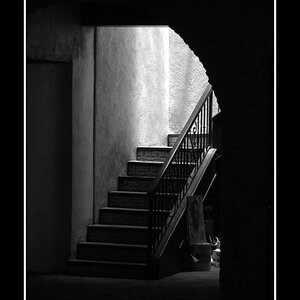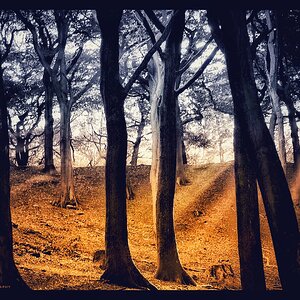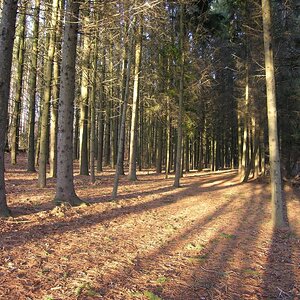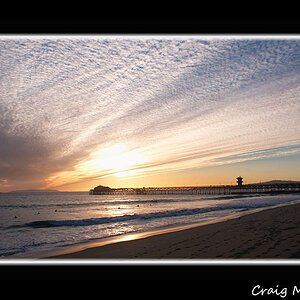asfixiate
TPF Noob!
I searched several Posts and what I'm about to ask looks as if its unique.
I'm not stuck in any scenario just curious. I can adjust the ISO setting in my camera. Some cameras have auto-iso.
When it comes to film is adjusting your ISO the equivalent of changing between rolls of film?
Would you have to carry 5 different types of film to get the same shots that 5 different ISO settings in a Digital camera has?
Again I don't have a particular issue just would like to know.
I'm not stuck in any scenario just curious. I can adjust the ISO setting in my camera. Some cameras have auto-iso.
When it comes to film is adjusting your ISO the equivalent of changing between rolls of film?
Would you have to carry 5 different types of film to get the same shots that 5 different ISO settings in a Digital camera has?
Again I don't have a particular issue just would like to know.




![[No title]](/data/xfmg/thumbnail/31/31750-f3936d67895e1ef2756eb06d7b15fe9c.jpg?1619734990)




![[No title]](/data/xfmg/thumbnail/39/39429-cfa441056f1e6a1995539dc87c794876.jpg?1619739028)



![[No title]](/data/xfmg/thumbnail/42/42461-e2a94a39b9483a804af86010fc52244b.jpg?1619740192)
![[No title]](/data/xfmg/thumbnail/37/37628-b854997825aadb4eedaa3247baf8069f.jpg?1619738155)